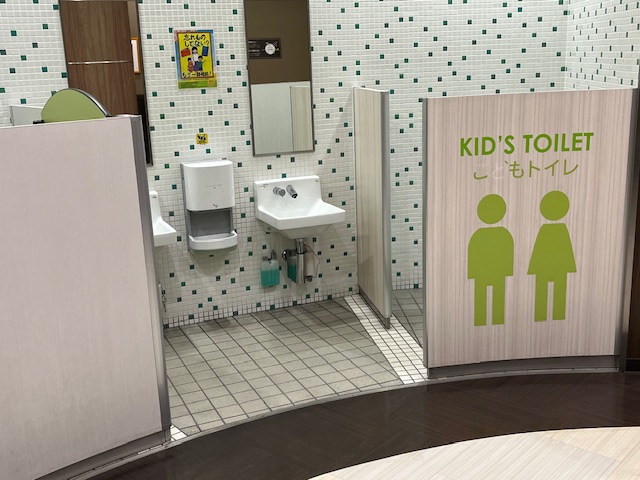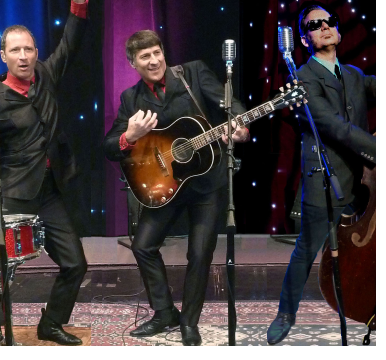Every year I accompany a group of 14 of my university students to Wisconsin for a three-week, short-stay visit where they stay with a host family for half of the visit and then stay in a local hotel for the other half.
As part of their experience, I ask them to make a portfolio where they choose six or seven typically Japanese customs or traditions to highlight with a paragraph explaining it with an accompanying photo. This is done before we leave Japan and when they arrive in the U.S. at their homestay families’ homes, they can pull these out to use as ice breakers and conversation starters to show their American family about Japanese culture, their own family, etc.
During their three weeks in the U.S., they must select six or seven typically American things that they found interesting or surprising. This is especially fun for me to read their observations about American culture because they see and notice things that I don’t think about because it seems normal to me being born and raised in the U.S. In other words, I enjoy experiencing American culture through their eyes.
Every year, several students always comment upon the differences in public restroom facilities between the U.S. and Japan. Most notably, they are very taken aback in public restrooms because of the huge gaps at the bottom and top where you can see people using the facilities, and they find the gaps in the doors that don’t offer complete privacy very disconcerting. They always ask me why U.S. public restrooms have these features.

There are many reasons why U.S. public toilets have this design and probably the most practical reason is for safety. Believe it or not, there are a goodly number of people who injure themselves each year in these spaces, so it is much easier to assist a person if someone collapses or falls while in the confined space by being able to get to them easily. The surfaces tend to be hard and slippery, so accidents in the toilet do happen.
Also, the gaps make it much harder for anyone to do anything illegal with so much exposure, like doing drugs or having sex. I imagine it is easier for the custodians to clean around the bowl, as well, because they can mop the floor more easily from outside without a complete door to block their access. No doubt, another reason probably has to do with the air flow in such a tight space, allowing malodorous aromas to dissipate more quickly after it is used.
All of these reasons, no matter how practical they seem, do not convince my students who feel very exposed when using restroom facilities in the U.S. They much prefer Japanese public toilets that offer complete privacy, with doors that go from floor to ceiling, with no glaring gap between the door and wall. To be honest, I do, too. After living in Japan for more than half my life, I prefer Japanese public toilets to U.S. toilets for these same reasons.
When I first came to Japan in 1979, public restrooms (especially in train stations) were horrendous. Sometimes referred to as “benjo,” these urinal-toilets were nothing more than open troughs that drained to open sewers just outside, so the odor was very pungent around these areas. Some actual toilets were non-flushing, as well, and were basically pits that required big sewage trucks to come and vacuum them out every so often.
Summertime was especially nasty because the stifling heat, coupled with flies, and the smell made it very unpleasant to use. In those days, no toilet paper was provided and it was customary to buy tissue out of a machine if you needed to use the toilet. Still, to this day, many companies will pass out packs of tissue to commuters for advertising as a vestige from the past because they used to be very necessary to have in your pocket … just in case. People nearly always accept a free packet of tissue handed to them, whereas they will refuse a printed paper handed to them.
I am happy to say that Japanese public toilets have changed exponentially since the 1970s and today they are sleek, modern, and normally very clean, with plenty of toilet paper provided (usually!). In fact, I have noticed many public toilets in not only train stations, but in public parks, and in stores that offer “washlet” toilets that have many bells and whistles like heated toilet seats and bidets to rinse your backside after using the toilet.
Many public restrooms provide a toilet seat sanitizer that can be used as a spray disinfectant with toilet paper before using it. Because Japanese women don’t want other people to hear them tinkling, many women’s restrooms have a device that will mimic a flushing toilet to drown out any noise that might be made.
In fact, back in the 80s and 90s, it was customary for women to repeatedly flush the toilet while using it which wasted tons of water. In order to conserve water, but also to make them feel comfortable using a public toilet, loud music was sometimes piped in or a little electronic flushing sound machine was installed next to the toilet in women’s restrooms.
One recent trend in Japan I have noticed in many public restroom areas in malls and department stores is a special “kid’s toilet” that offers children privacy but they can be watched over by their parents to make sure they don’t have any problems. These toilets feature child-sized hardware, including toilets, sinks, mirrors, and urinals just the right size for little ones. The walls reach up past their height, but not so high that a parent can’t keep a watchful eye on them. Parents can be near without being intrusive (see photo).
When my mother came to visit me the first time in Japan, I made a point to scout out all the toilets in the places we visited before her arrival to make sure they met her discriminating standards. She was quite worried about having to use a squat type of toilet, so I made sure she had a Western toilet available for her use with plenty of tissue packs in her purse.
On her second trip, Japan had changed so much that I didn’t worry about it at all because an acceptable public toilet that was modern and clean was then the norm, as it still is today … but even better.
The Shelby County Post is a digital newspaper producing news, sports, obituaries and more without a pay wall or subscription needed. Get the most recent Shelby County Post headlines delivered to your email by visiting shelbycountypost.com and click on the free daily email signup link at the top of the page.







